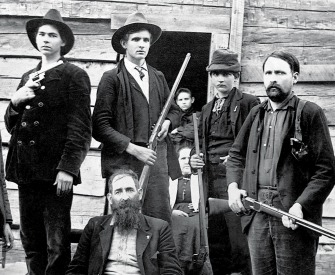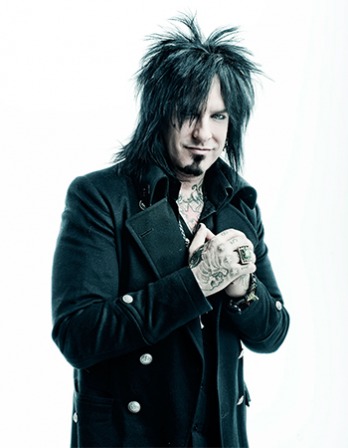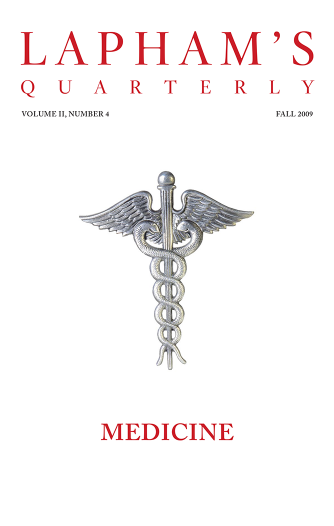One may like the love and despise the lover.
—George Farquhar, 1706Up Close and Personal
The evolution of personal ads, from the newspaper to the social network.
By Noga Arikha

The Love Letter (detail), by Jean Honoré Fragonard, early 1770s. The Metropolitan Museum of Art, Jules Bache Collection, 1949.
In 1727, a lady named Helen Morrison placed a personal advertisement in the Manchester Weekly Journal. It was possibly the first time a newspaper was ever used for such a purpose. As it happens, Morrison was committed to an asylum for a month. Society was clearly not ready for such an autonomous practice, especially on the part of a woman. But personal ads quickly became an institution. Heinrich von Kleist’s celebrated novella The Marquise of O, first published in 1810 (and said by Kleist to be “based on a true incident”) opens on the newspaper ad placed by “a lady of unblemished reputation and the mother of several well-brought-up children,” to the effect “that she had, without knowledge of the cause, come to find herself in a certain situation; that she would like the father of the child she was expecting to disclose his identity to her; and that she was resolved, out of consideration for her family, to marry him.”
With anonymous ads, the press could serve not only women “in a certain situation” but also newly isolated individuals—the widowed, the divorcees, or those who were simply miserable and lonely within their marriages—in large, expanding, rapidly industrializing cities like Manchester or London. The earliest ads were announcements of an intention to marry, and could be seen as an aid to the necessary pursuit of a socially and economically appropriate partner. But by their very nature, and in spite of their often lofty tone, ads hovered on the edge of respectability because they were public, and could be seen by all and sundry. An ad that ran in the General Advertiser in March 1748 concerned a “lady, genteely dressed,” seen leading “a string of beautiful stone horses through Edmonton, Tottenham, and Newington” (now outer boroughs of London): “This is to acquaint her, that if she is disengaged and inclinable to marry, a gentleman who was on that occasion is desirous of making honorable proposals to her; in which state if he be not so happy as to please, he will readily purchase the whole string for her satisfaction.” We will never know whether the lady in question responded or even saw the ad that concerned her. Perhaps she did and was charmed; perhaps a heady romance ensued. Or perhaps the gentleman found himself condemned to purchasing the stone horses. At any rate, he would hardly have wanted to publicize his placing such an ad, which was, and therefore had best remain, anonymous. One might have “very accomplished manners,” earn a fair annual income, speak three languages, and play instruments—all desirable characteristics in a proper female person of marriageable age—but if one advertised those qualities anonymously, as did one such “young lady” in the pages of the New York Times in 1858, one was opening the door to fantasy, romance, Eros, possibly elopement. One might, in fact, be improper.
Proper or not, however, lonely hearts could now have an outlet, a place in which to dream of a better life, to take a step beyond the strictures of imposed order. To place an ad was to reveal an individual need or hunger for erotic love—the greatest force for disorder when unleashed beyond social boundaries, just as it was a centrifugal force for order when bound by social conventions. It was because of the potential disorder triggered by Eros, fantasy, and emotion—uneasily coexisting with the need to forge family alliances and keep accepted orders tidy—that the business of creating appropriate couples had always been of paramount importance in most societies. Appropriateness involved issues of family, clan, property, territory, region, state, kingdom, or empire; it had nothing to do with the secondary matter of romance. Some degree of intimacy at least was expected, especially since one of the chief goals of consecrated unions was the production of heirs, and love could well arise once the appropriate choice had been made. But in many places and for a long time, romantic love was not a necessary criterion for conjugal happiness.
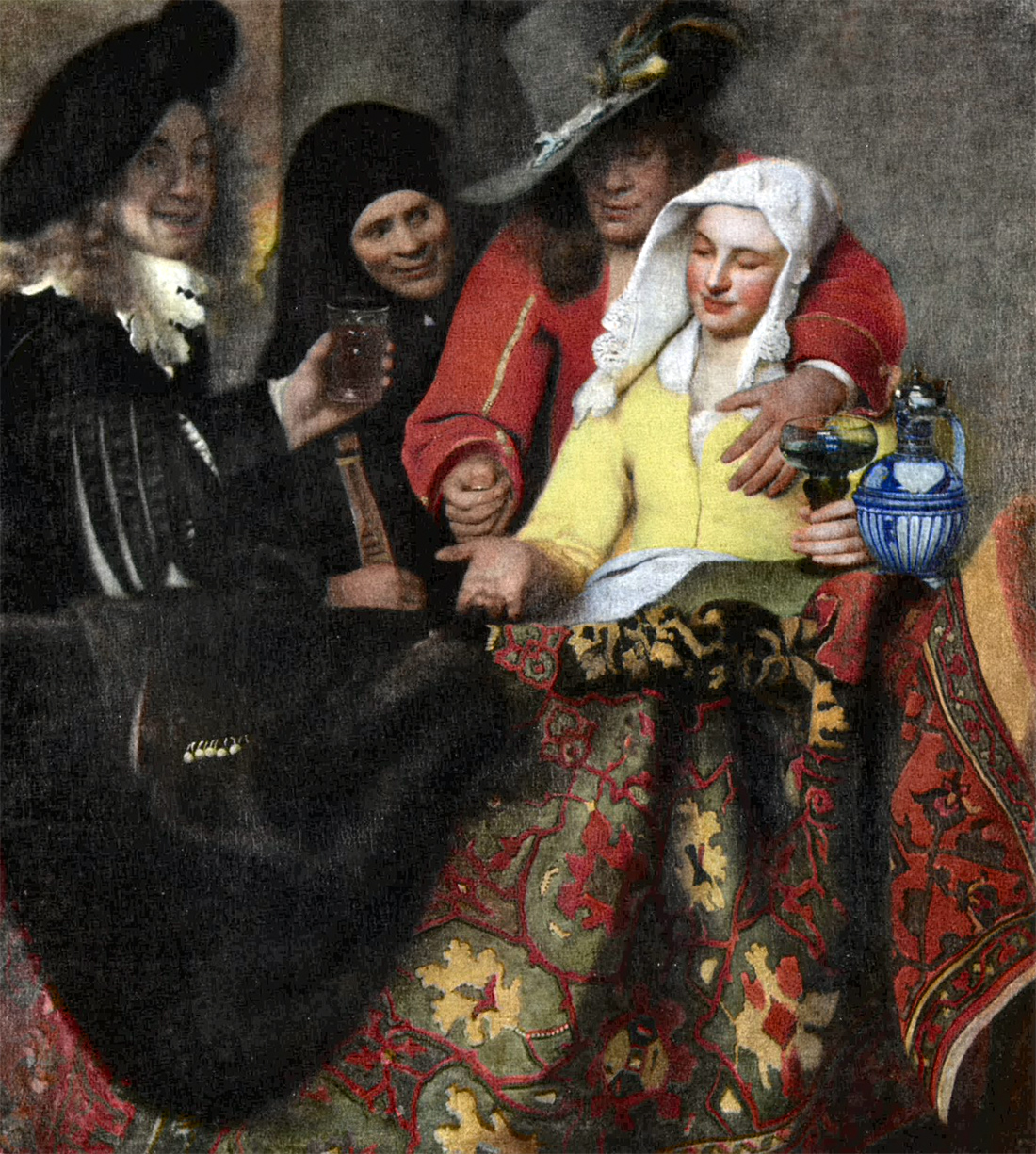
At the Procuress’: The Courtesan, by Jan Vermeer, 1656. Gemäldegalerie Alte Meister, Dresden, Germany.
With the late eighteenth-century cult of sentiment, the dichotomy between hearth and heart—between orderly matrimony and disordered romance—became all the more poignant. Jane Austen perfectly depicted this world where money and position were of primary importance to women whose livelihood depended on a rich, respectable partner, and where men’s social position depended on income, reputation, and spouse. But where means and respectability did not quite suffice for a deal to be struck, inclination, character compatibility, and attraction mattered, too. All of these selection criteria were to be considered in the cold light of reason, rather than under the suffused light of passion: parents and families were thus considered best placed to pick out possible candidates. At best, the arrangement worked; at worst, misery struck. This is why an old romantic tragedy like Romeo and Juliet could be recast in the form of sentimental novels considered dangerous to the humoral passions of young girls, or be recycled in modernity by the likes of Stendhal, Thomas Hardy, Henry James, and Edith Wharton. And this is also why the modern newspaper, expressing as it did the growing speed and fragmentation of the age, became an outlet for individual romantic longing.
The values that had sustained the inherited rules of matrimony were changing during the late eighteenth and early nineteenth centuries. Social mores resisted the shift, but the ideals associated with romantic love were taking center stage at a time when Romantic reactions to a rationalized, industrializing world emphasized the individual, lonely soul. For the Romantic imagination, the marriage of lives should result from the meeting of soulmates. Individual emotions should take precedence in matters of matrimony, because they functioned as a moral compass in one’s life—just as they were becoming the measure of aesthetic value in the realm of art. Sober, rational order was desirable in life, but emotion was just as necessary; likewise, classical proportion still mattered in art, but the sublime was all the rage. Goethe, who, more than anyone in his age, embodied the balance between these two poles, spent his life falling in love: he knew how hard it was to achieve in life what he so beautifully achieved in art, because, in love, emotion and reason often rule at the expense of each other. He did not need to resort to personal ads. But public anonymity must have been very tempting at a time when Romantic ideals were so powerful.
The family is a largely fragmented institution today. And by now, the personal ad industry has grown to play the role the parent once played for all those who hope to participate in the established social order by finding the appropriate person. Its role and identity have radically changed since the early days, along with our conception of what unions and marriage are about. What is striking, though, is what remains the same. For we have inherited from the eighteenth century the hazy perception that emotions belong to the core of individuality, and reason to the outer skin of socialized personhood. Along with this perception, there remains the contraposition of ordered partnership with messy affairs. But what is confusing now is that romance has become conflated with marriage. People still seem to get together for the sake of social status, fortune, profession, religion, clan—all “rational,” external criteria for arranged marriages in the Western past—as well as for the sake of basic compatibility. But to these criteria we have added the romantic sentiment that was so keen in the Romantic age—and that, for so long, was viewed as a force for disorder. Most of us expect our relationships to contain this romance at the very heart of our erotic life. No wonder we have trouble identifying what might work long-term, and no wonder so many people have trouble meeting the “right” person—more often than not having to rely on mere luck.
And so the “singles” of this world broadcast their dreams and intentions—not only to friends, but in print or online. Over the second half of the twentieth century, the personal ad industry has become economically buoyant and socially mainstream. It no longer hides itself. Online dating is a multimillion-dollar industry; in 2002 it grossed $300 million in the United States alone. Few Internet industries aside from travel and pornography surpass the dating business in revenue. A website like Match.com was visited by some twelve million people each day in 2007, and each month, some twenty to forty million Americans visit a dating website. In the United Kingdom alone, six million people had participated in one, and according to a U.K.-based study of the same year, 94 percent of those who had initiated a serious online relationship went on to meet in the real world, often after having chatted online and then spoken on the phone. The newest communication technology gradually leads back to the earliest, and then, if all goes well, to no technology at all. It is hard to calculate how many of these couples turn into long-lasting relationships, since no survey can predict future outcomes. But some do last a significant number of years. As for the marital success rate of relationships initiated online, the data are not clear. One can only presume that the percentage differs little whether one met in the street, at a party, through work, through friends or family, or indeed, online.
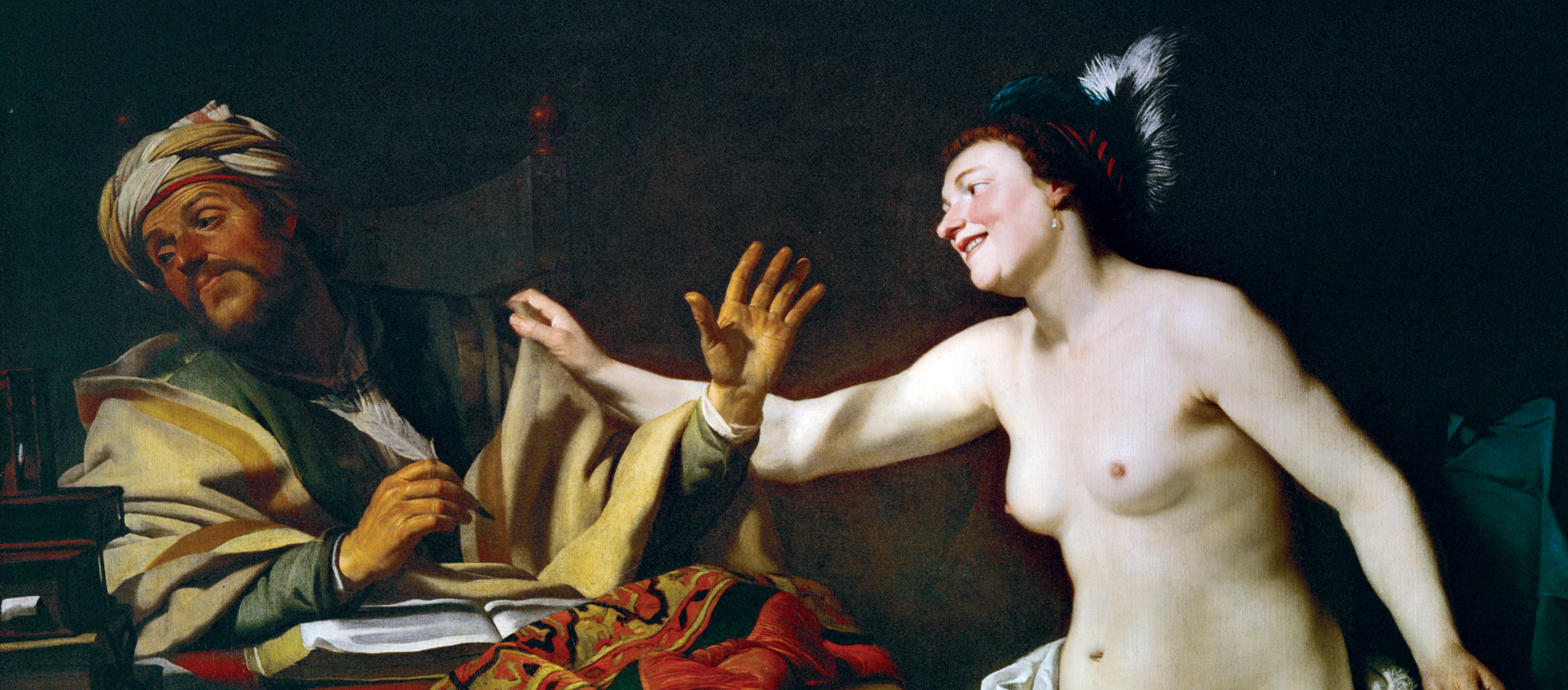
The Steadfast Philosopher, by Gerrit van Honthorst, c. 1620. Kunsthistorisches Museum, Vienna, Austria.
Anonymity remains, as always, the mark of personals: intimate qualities and fantasies can be broadcast to the world only insofar as the person they represent is invisible. There is a profound difference between the language used to attract a potential conjugal mate and that used to titillate erotic curiosity and initiate an exclusively sexual encounter—as a number of Internet dating sites put it, between those looking for Mr. or Mrs. “Right” and those looking for Mr. or Mrs. “Right Now.” The latter’s straight language is akin to that used by professionals of the sex industry, some less licit than others, who offer a commodity, a consumable product that feeds on ever renewable longing and need. One can offer, or sell, or cry out for “the right stuff,” “erotic therapy,” “full-body touch,” “uninhibited, kinky fun,” and “fetish and S&M,” as long as the ad reads, “Discretion assured.” On the other hand, highbrow magazine ads that participate in the effort to change one’s life by Meeting Someone can be notoriously entertaining for stray outsiders. Many readers of The New York Review of Books tend to hover to those famous last pages where, after the curt, to-the-point ads for the euphemistically named “personal services,” are novelistic self-descriptions of character and achievement that seem to reflect the ethos of success, self-sufficiency, and happiness in whose absence no appropriate partner would deign to respond, but whose presence often accompanies emotional and sexual loneliness. A majority of the advertisers are heterosexual women, often “sleek and strong,” “intelligent and witty,” “thoughtful and sensitive,” “fit and slender,” “striking and spirited,” enamored of “the arts and ideas,” “highly accomplished,” sometimes armed or burdened with Ph.D.’s, sometimes with divorce, sometimes with both.
Personals in London papers such as the Guardian are replete with acronyms such as “gsoh” (“good sense of humor”), while those in the London Review of Books offer a unique, popular read, displaying verbal articulacy and offbeat imagination rather than external achievement. Some advertisers may be looking for “afternoons of lusciousness” and nothing more (or less), but most thrive on the opacity of words, composing playful texts such as, “Newly divorced man, 46, looking for a woman to 50 who doesn’t conclude sexual intercourse with Queen Elizabeth I’s rebuke to Cardinal Wolsley.” Or, “Aardvark lover, M, 37. Not really. I just put that hoping to be at the top. Non-aardvark lover seeks F with similar interests.”
While LRB ads celebrate a literary culture, their presumed goal second only to the display of wit, blatantly sexual ads are the most monotonous and least rich in literary inventiveness. But words that are preparatory to nonverbal encounters, whether skin-deep or all-encompassing, always matter—sometimes even more than action. This is why the Internet has eased the life of those who like to “hook up” for sex in any form, “just for fun” or just for company, with chat messaging and chance encounters sped up, naturally filtered, and as anonymous as one might wish. Newspaper personals worked quite well, too, even in the 1700s, but back then the call for sex had to masquerade as high-minded purpose.
Online, one can be anything, anyone, of any age, gender, nationality, biography, appearance. And yet one may use words and delve into verbal play to enact one’s deepest psyche, to reveal the identity that is buried in everyday life and useless in the real world of social interaction. To hook up by way of words is often to play hooky with a reality that doesn’t obey our words. It is to search for a psychic order that can be forcefully denied by social order. Hence the intensely erotic nature of such play.
But if one wishes, one can also appear online unmasked. Beyond messenger services, social-networking tools like Facebook have created a new vocabulary of virtual seduction, a new convergence between the dating industry and the simplified but transparent truths of one’s social self. Most serious sites will be based on a “profile” form, since the user must provide basic information about herself; otherwise, there would be no selection criteria. Facebook takes transparency to the limit, since it aims to virtually reproduce and even extend one’s real social life and persona. Here, right below one’s name and surname, one can describe what one is “interested in”—women, men, friendship, dating, a relationship, networking—and what one’s “relationship status” is, from “married” to “it’s complicated” to “in an open relationship.” Websites that specialize in dating expand the concept to include “just penpals,” “activity partners,” “friends,” “let’s see what happens,” “a short-term relationship,” “a long-term relationship,” “marriage,” “a fling,” and so on. Here, one woman may call herself “Fallen Angel,” and then deliver as much or as little information as she wishes. She can describe her height, weight, hair and eye color; reveal her age and zodiac sign; discuss her eating, drinking, and exercise habits; or indicate her occupation, income, ethnicity, languages, and religion. She can outline her interests, goals, dreams, and hang-ups.
This is ordered chaos, a new world where a partner or friend or intermittent lover can pop out of the virtual world and where no boundaries at all prevail—yet where one can summon romance out of any corner, real or virtual, and where some people still expressly choose to live within the boundaries of old rites such as marriage. One may argue that the order-disorder dichotomy is no longer quite as strict as it once was, especially since few Westerners or Westernized groups care about old orders anymore. Individuals may do as they wish. No person or institution will condemn them, and no order will collapse. This individual freedom is what a modern society is supposed to afford.
But while the erotic is no longer taboo or feared, in matters of intimate relationships the order-disorder dichotomy lives on. Older married women fear the single young girls who might seduce—sometimes unwittingly—their aging husbands. Libertine men have to fight to affirm their theories. Libertine women have to live with their “reputation,” or be thought of as unresolved. And as one ages and couples are formed, a single life becomes increasingly lonely, available partners are fewer, and the pressure to live in a couple escalates. There is thus a major difference between the “Facebooked” search for sexual entertainment and the multimillion-dollar business of programmed “dating” whose stated aim is to assist clients in finding a mate via online tools or computerized marriage agencies. The former is not necessarly intimate—in fact, its purpose can be precisely to keep intimacy and emotional entanglement at bay—and partakes of no order other than the human need to engage in erotic play. The latter participates in the old need to channel sexuality into the ordered family unit.
And so the personal ad of the latter kind is contradictory in form. For to place an ad is to participate in a self-styled market by advertising a product without showing it: its qualities alone are meant to shine, and it would take a talented novelistic hand indeed for the brief ad to give a sense of the being behind it. One can always read between the lines, but in the very act of describing oneself and announcing the search for someone, one forgoes the beauty of meeting by chance. A spontaneous attraction cannot be planned or willed; one does not fall in love with a list of qualities, a CV, a statement of purpose. Love usually arrives unexpected. Reason may construct an image, and psyche a fantasy; but a lasting romance—marriage, in a word—is about neither. Yet the ad industry is not about the unexpected. An ad controls both the one posting it—naming qualities and requirements—and the unknown, unmet person for whom it is intended. Of course people do meet via the words they post; after all, the filtering mechanism these regulated websites provide is an expanded version of the filtering and control once provided by tight social networks. The search for a mate remains as much a market today as it ever was, and we continue to believe we can control what we least wish to control. But one must submit to this control in order to engage in the ad game, which is at once transparent and anonymous, safe and risky, rigidly ordered and entirely disordered. Just as there is an art to writing a personal ad, there is an art to finding love; and no dating market will ever change that.

